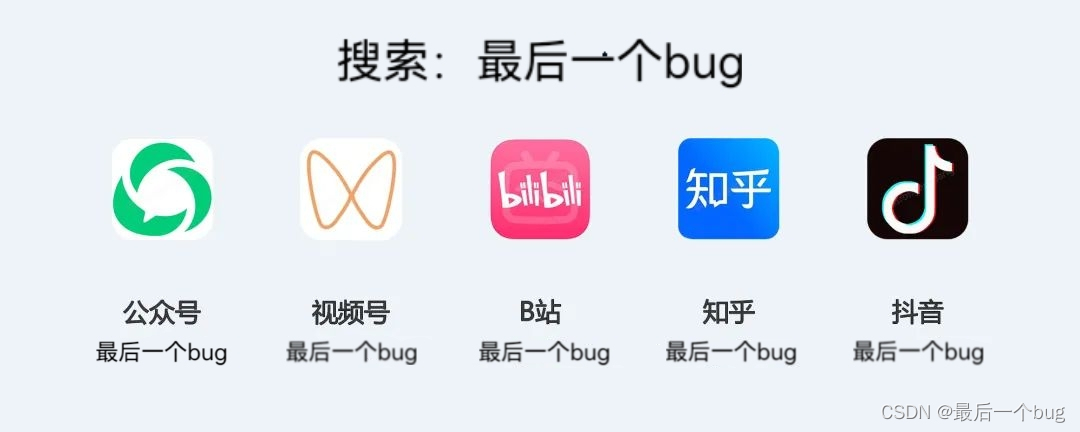
what is user data
In Lua, user data (userdata) is a special data type that can be used to represent external C or C++ objects and pass them to Lua programs for use. User data is one of the main ways for Lua to interact with other languages or systems, and it allows Lua programs to seamlessly integrate with other languages or systems.
The use of user data is generally divided into the following steps:
-
Apply and initialize user data: In C or C++, you can use
lua_newuserdatathe function to apply for a new user data object, and useluaL_setmetatablethe function to associate the metatable with the user data object. User data objects can be used to store any type of C or C++ object, such as structures, pointers, file handles, and so on. -
Registering metatables for userdata: In Lua, you can use
setmetatablethe function to associate metatables with userdata objects. Some special metamethods can be defined in the metatable, for example__index, ,__newindex,__gcand so on. These metamethods can be used to implement functions such as user data manipulation and recycling. -
Passing user data to Lua programs: In C or C++, you can use
lua_pushuserdatathe function to push user data objects onto the Lua stack.userdataThese user data objects can then be manipulated and accessed using functions of type in Lua programs . -
Working with userdata in Lua: In Lua, you can use
userdatafunctions of type to manipulate and access userdata objects. For example, you can usetonumberthe function to convert a userdata object to a number, usetostringthe function to convert a userdata object to a string, usegcthe function to manually trigger garbage collection of a userdata object, and so on.
It should be noted that user data is a powerful but dangerous mechanism that allows Lua programs to directly access external C or C++ objects, so it needs to be used with caution. When using user data, you need to ensure the correctness and security of user data objects, and you need to follow some norms and conventions to ensure the correctness and stability of the program.
Examples of User Data Usage
In C, user data can be used to pass a pointer to the CAN packet structure to the Lua program for processing. Here is a simple example:
Suppose we have a CAN packet structure defined as follows:
typedef struct {
uint32_t id;
uint8_t data[8];
uint8_t len;
} can_packet_t;
We can use userdata in C to pass a pointer to this structure to the Lua program. The specific operation steps are as follows:
- In C, define a new user data type and associate the CAN packet structure pointer with this user data object:
// 定义一个新的 Lua 用户数据类型
#define CAN_PACKET_TYPE "can_packet_t*"
// 创建一个新的 CAN 数据包对象,并将其指针与用户数据对象关联起来
can_packet_t* packet = new can_packet_t();
lua_pushlightuserdata(L, packet);
luaL_setmetatable(L, CAN_PACKET_TYPE);
- In Lua, write a handler function to receive and use this CAN packet object. In the processing function,
userdatathe user data object can be accessed and manipulated through the type function:
function process_can_packet(packet)
print("Received CAN packet: id = " .. packet.id .. ", len = " .. packet.len)
-- TODO: 对 CAN 数据包进行处理
end
- In C, call the processing function in Lua, and pass the CAN data packet pointer as a parameter:
// 在 C 中获取 Lua 中的处理函数
lua_getglobal(L, "process_can_packet");
// 在 C 中获取一个 CAN 数据包对象指针,并将其转换为用户数据对象
can_packet_t* packet = ...;
lua_pushlightuserdata(L, packet);
luaL_setmetatable(L, CAN_PACKET_TYPE);
// 调用 Lua 中的处理函数,并将 CAN 数据包的用户数据对象作为参数传递进去
lua_call(L, 1, 0); // 1 表示参数个数,0 表示返回值个数
It should be noted that when using user data to pass pointers, it is necessary to ensure the validity and security of the pointers. When using this pointer in the program, you need to carefully check whether it is a null pointer or has been released to avoid problems such as dangling pointers or memory leaks. In addition, when using functions in Lua in C, you also need to pay attention to the types and quantities of parameters and return values to avoid problems such as type mismatch or stack overflow.
[The last bug] There are updates and releases on multiple platforms. You can connect three times with one click, follow + star, and don't miss exciting content~
